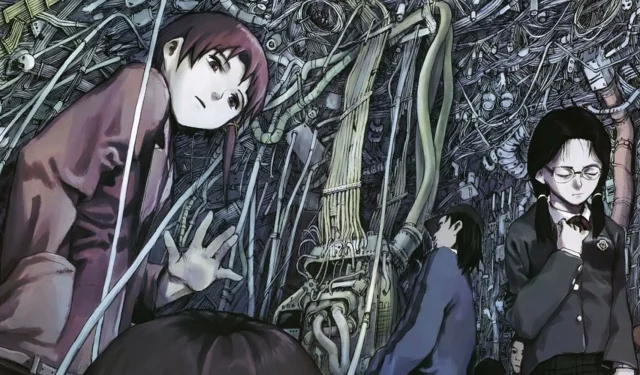The evolution of anime often highlights how even beloved classics face challenges from modern sensibilities. Outdated animation, storytelling choices, and pacing issues can lead to beloved series losing their audience over time. Yet, some shows manage to remain timeless, continuously drawing acclaim from both old and new viewers. Among these enduring titles, Serial Experiments Lain stands out as a remarkable example deserving of renewed attention.
Debuting in 1998, this psychological cyberpunk series from Triangle Staff boasts distinctive ’90s stylings—its rebellious aesthetics and an unforgettable alternative rock opening effectively encapsulate the era. However, the lasting impact of Serial Experiments Lain is not merely tied to its visuals or nostalgic appeal; its complex narrative defies conventional storytelling methods, often leaving viewers puzzled for nearly three decades. While many mainstream anime prioritize accessibility, Lain exposes its audience to engaging challenges, which is a core part of its brilliance.
An Uncompromising Vision: Serial Experiments Lain
Lain: Embracing the Unusual
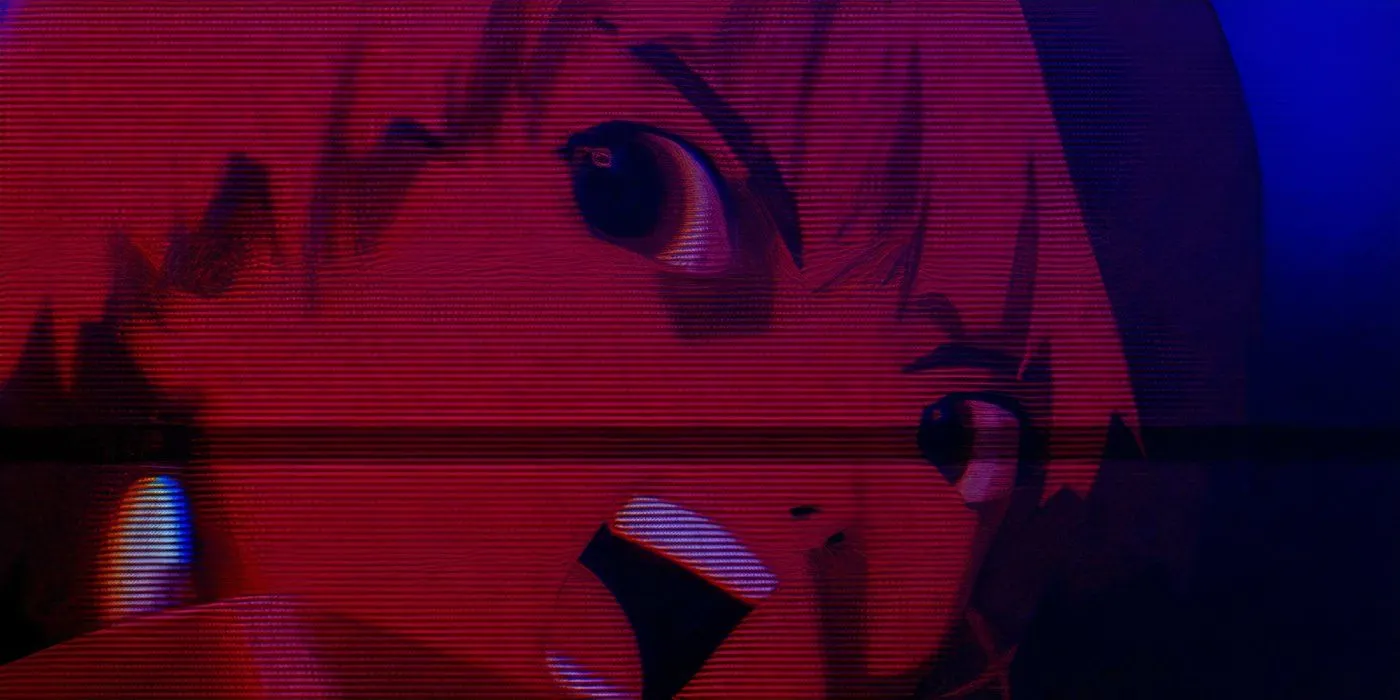

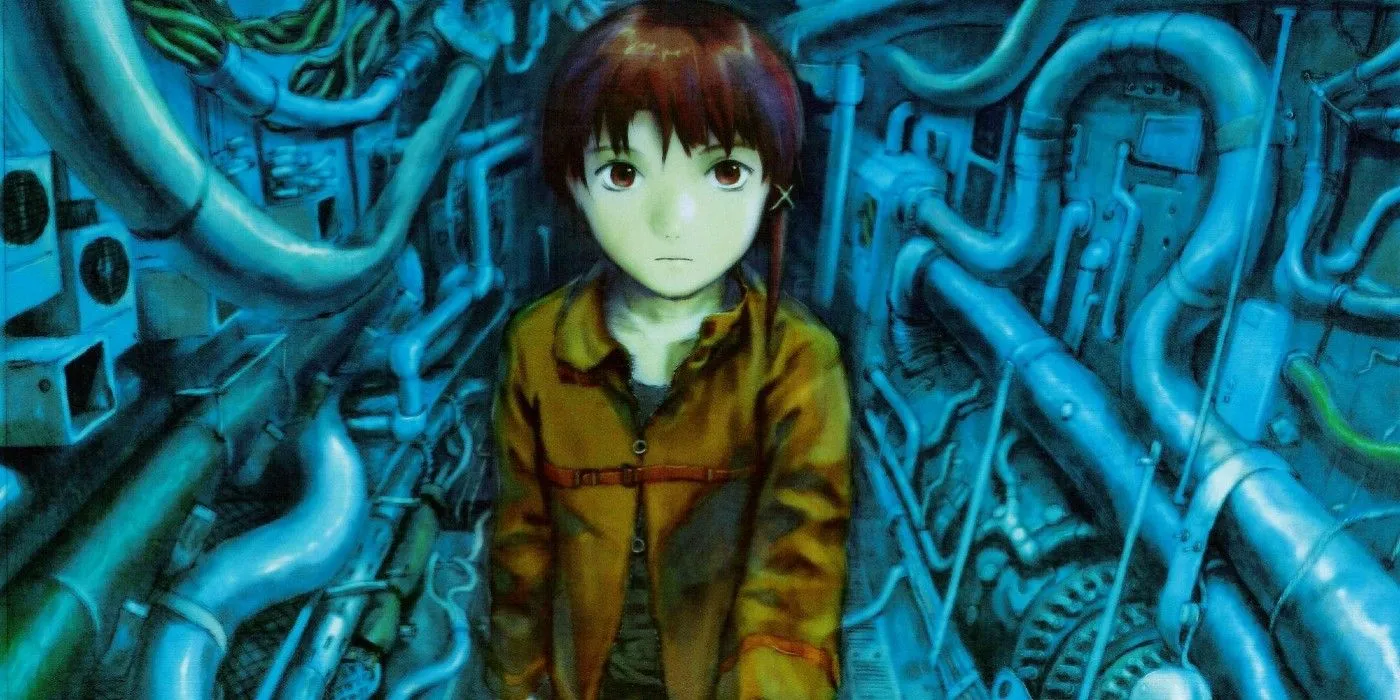
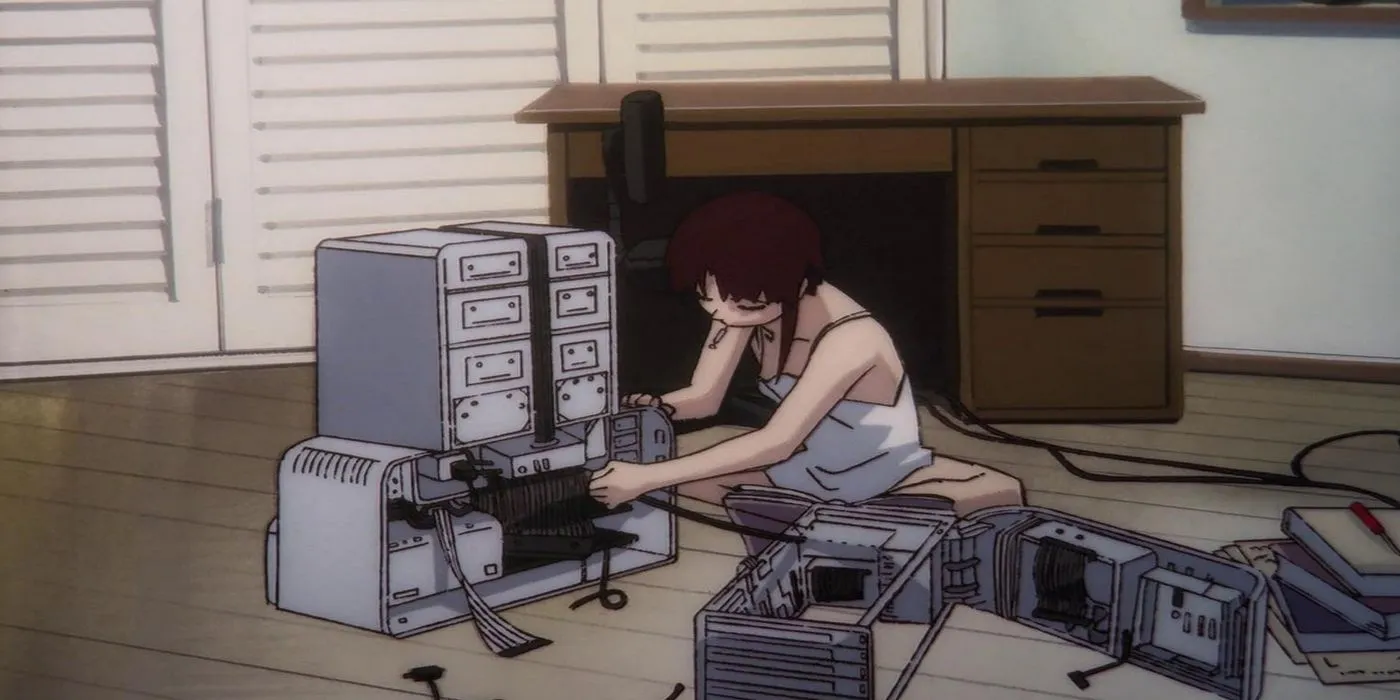
While Serial Experiments Lain is not the first anime to challenge viewers with its oddities, its acclaim is noteworthy. A few years prior to its release, Neon Genesis Evangelion captured audiences with epic battles while Gradually unraveling its narrative complexities—rapidly becoming a classic. Similarly, Satoshi Kon’s Paranoia Agent employs a blend of suspense and thought-provoking themes of connection and perception that also resonate with Lain’s exploration of reality.
What sets Serial Experiments Lain apart is its lack of straightforward guidance. The narrative does not hinge on a central plot, but rather challenges viewers through its protagonist, Lain Iwakura, a socially withdrawn middle school student immersed in the Wired, a digital universe reminiscent of our own internet. As Lain navigates this space, she transforms from a reserved individual to a more outgoing persona found in the virtual hotspots like Cyberia, often crossing the line between good and malevolence.
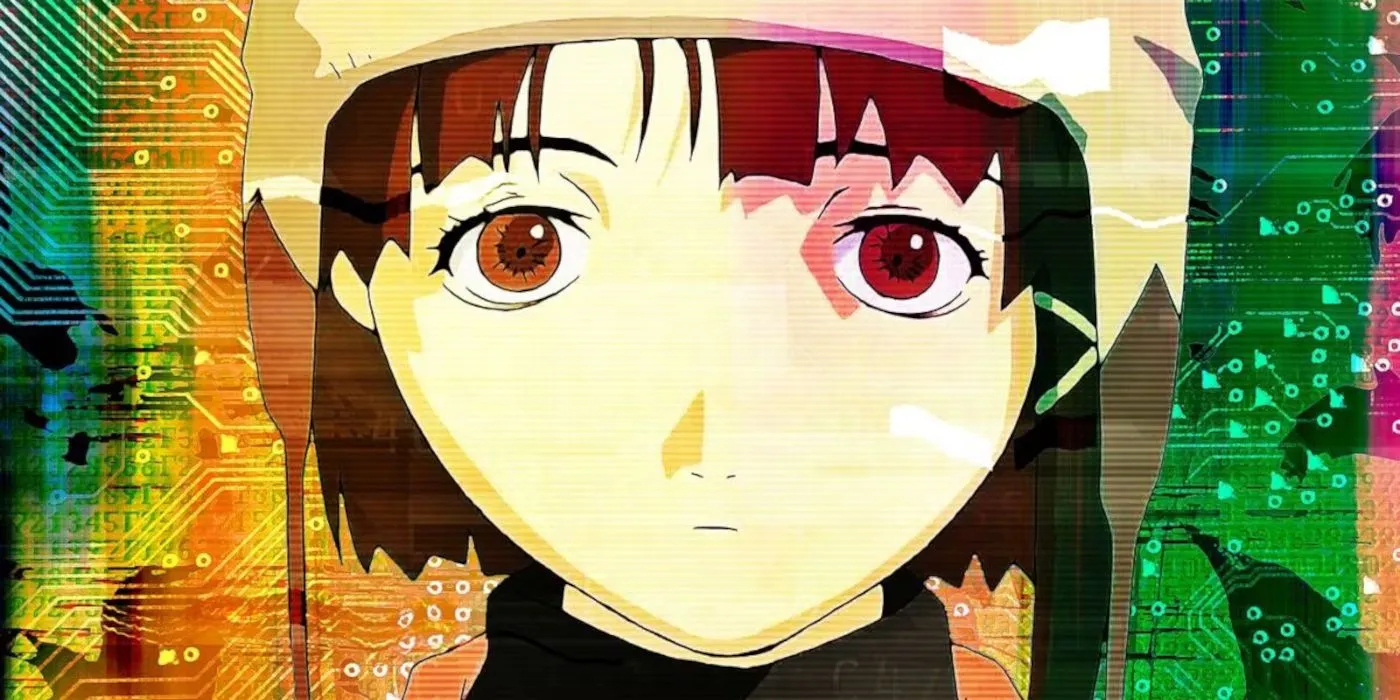
The portrayal of Lain’s fractured self, exploring the psychological consequences of digital technologies, creates a thought-provoking and disorienting experience. This uncompromising approach has cemented its reputation over the years, anticipating discussions about technology’s societal effects in today’s world.
Lain’s Complex Reality: A Mirror of Our Own
A Prescient Tale: Lain’s Vision of the Future
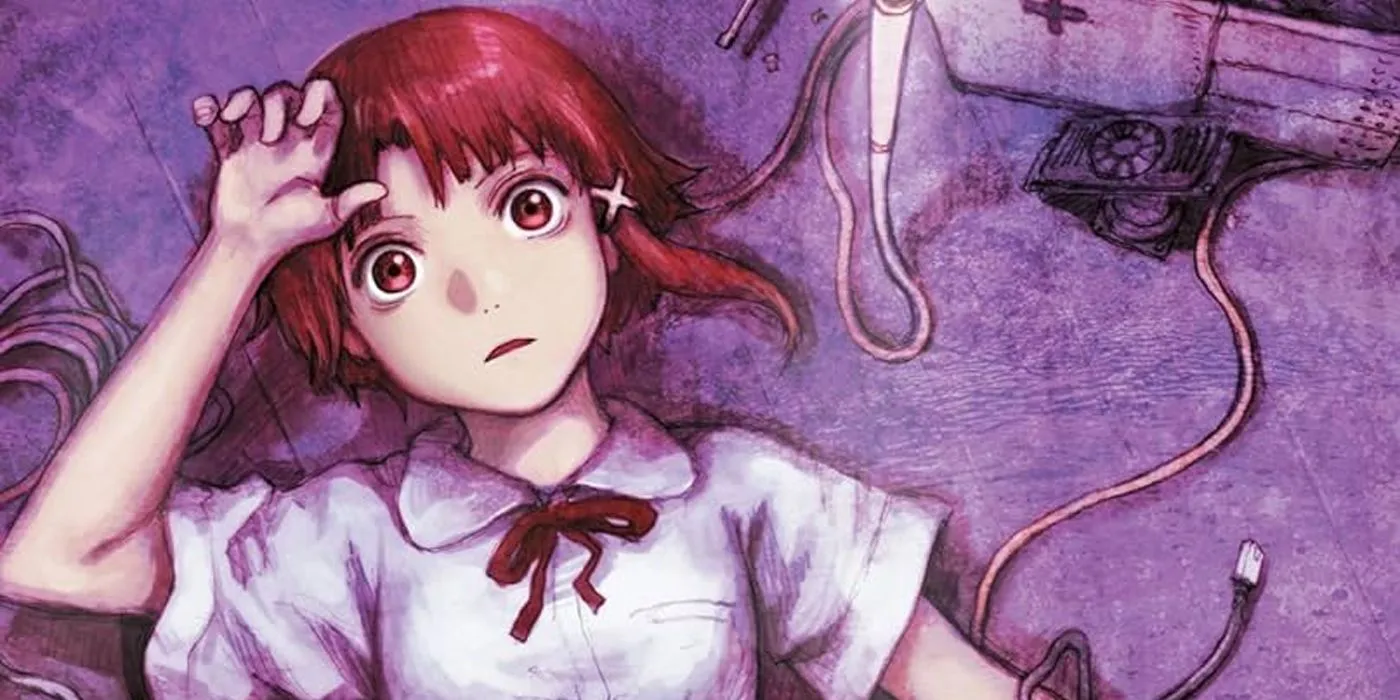
Decades after its initial airing, Serial Experiments Lain continues to resonate, albeit through a lens that feels eerily prophetic. The series’ portrayal of a world overwhelmed by the implications of internet usage parallels modern concerns about online identity and the fragmentation of self. The blurring lines between virtual and physical realities presented in Lain’s journey echo contemporary discussions about social media’s profound effects on personal perception.
As Lain spirals deeper into the digital realm, her struggle with discerning reality becomes progressively unsettling. This maximalist ambiguity is reflective of a broader societal challenge—many individuals grapple with their identities in an increasingly digital existence. While Lain may provoke confusion, it also offers poignant commentary on the nature of reality itself, demanding emotional investment from its viewers.
Ultimately, Serial Experiments Lain serves as not only an emblem of ’90s culture but also as a sophisticated critique of contemporary digital life. Unfortunately, the anime remains elusive on major streaming platforms in the U.S., requiring dedicated fans to access it through outdated technology, reminiscent of the very future the series foresaw.
